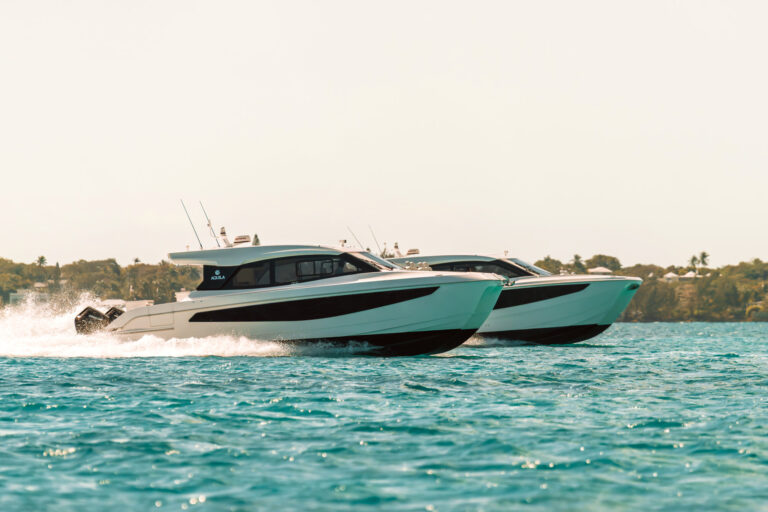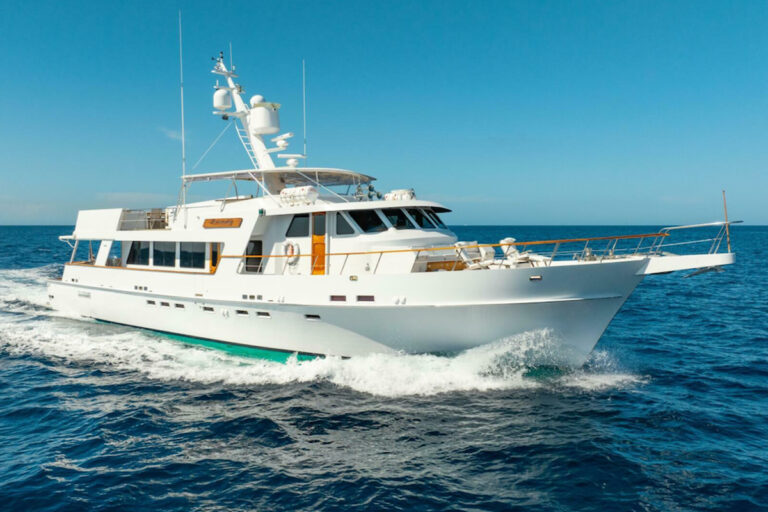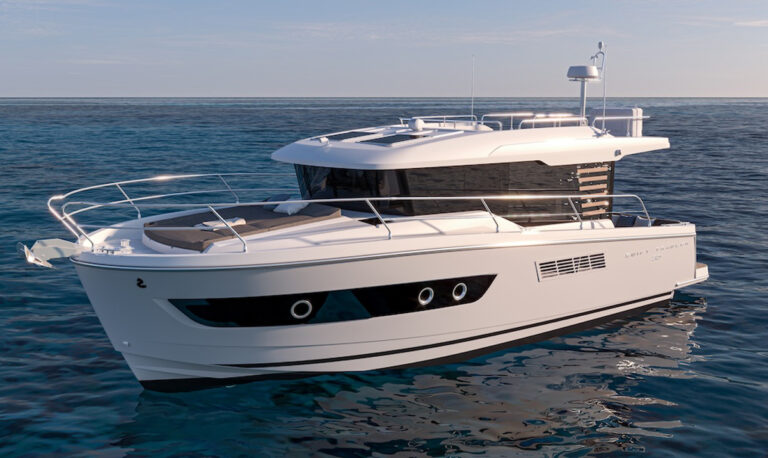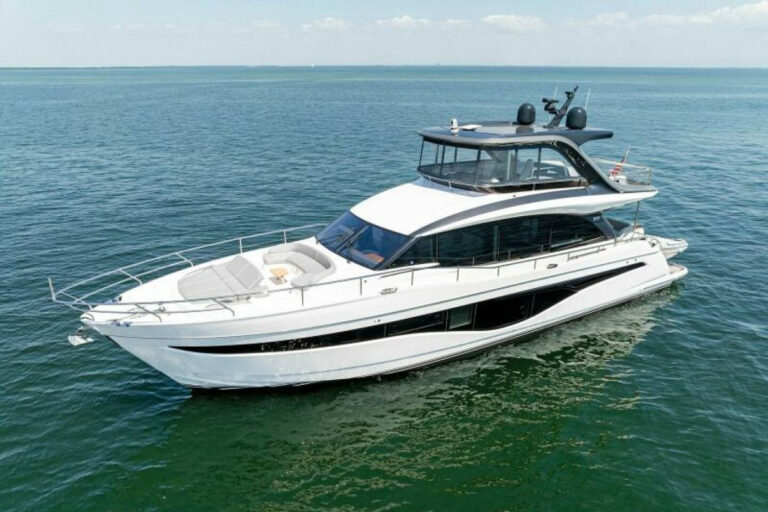Mariners have been using currents to navigate the world’s oceans for centuries. Often tasting the water to determine its salinity, they knew that an increase in salinity accompanied an increase in temperature, both of which meant the water below their keel was denser than the water they had last tasted. The information gleaned from this primitive form of sea-surface temperature (SST) analysis allowed them to recognize a significant change in the sea-entering a new and warmer current, for example, which helped them avoid adverse currents, take advantage of fair currents, or determine a feeding ground for fish.
During the 20th century and prior to the middle 1960s, oceanographers studied the ocean’s current by using infrared sensors from airplanes. Later, in the 1960s and early in the 1970s, the sensors rode on satellites, allowing scientists to study the oceans worldwide. The 21st century has brought even more sophisticated technology to the study of the sea, serving the same purpose for mariners as tasting the water.
NASA launched the Terra satellite in 1999 and the Aqua satellite in 2002. Terra and Aqua carry instruments that allow scientists to look on the Earth as a system. This is part of NASA’s Earth Observing Systems.
These satellites provide simultaneous images of SST and ocean color/chlorophyll and are available to the public-the previous color images were not. Quantitative measurements of ocean color, derived using the fluorescence of phytoplankton, provide an estimate of the amount of photo-reactive material in these microscopic plants. The more chlorophyll that a plant has, the more it fluoresces. Water masses and their current boundaries also have characteristic chlorophyll signatures, which allow scientists to locate and track them.
The left hand side of the image pair is a false color-enhanced infrared image showing the SST patterns. The warmer the water, the more red is used. Water shown as red is warmer than orange and yellow. Blue is the coolest water. The right hand side is a false color-enhanced ocean color chlorophyll image. The blue (low chlorophyll) and green (high chlorophyll) colors represent water of each color, respectively. Some clouds occur in the upper right hand side of each image.
This comparison demonstrates the additional information that one gains from using ocean color chlorophyll in conjunction with the information provided from the SST. Four areas are marked (A, B, C, D) for specific evaluation. Of these, areas A, B, and C show the increase in detail for locating currents and current boundaries that NASA’s ocean color/chlorophyll imagery provides. The ocean color imagery provides a greater advantage when the SST becomes homogenous and when there is atmospheric interference from haze and high humidity. When there is substantial cloud cover, the ocean features are obscured.
Area D shows an area where the infrared-SST provides more detail than the ocean color. Scientists do not know why this occurs in this area for this image. Initially, it appears that the ocean color provides more valuable information overall than SST. As there are 14 images a day available for SST, but only two images a day for ocean color, there is great value in using the SST imagery-particularly, when the clouds move away from an area and provide viewing when the ocean color data are not available (nights, mornings, and evenings). Nevertheless, the ocean color/chlorophyll imagery provides views of the ocean circulation that were not possible previously.
Contact: Roffer’s Ocean Fishing Forecasting Service, Inc. (800) 677-7633; (305) 262-8336; www.roffs.com.









